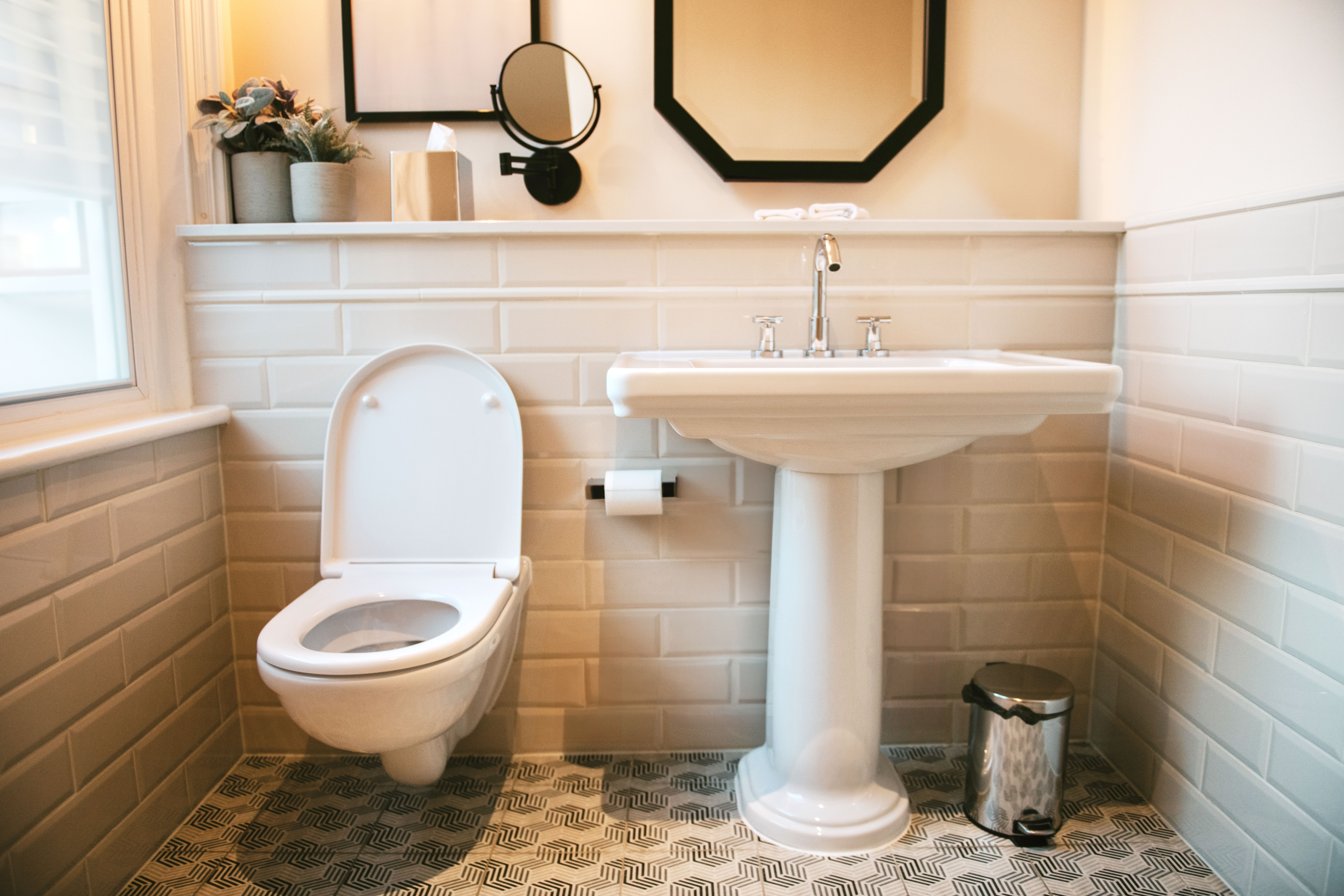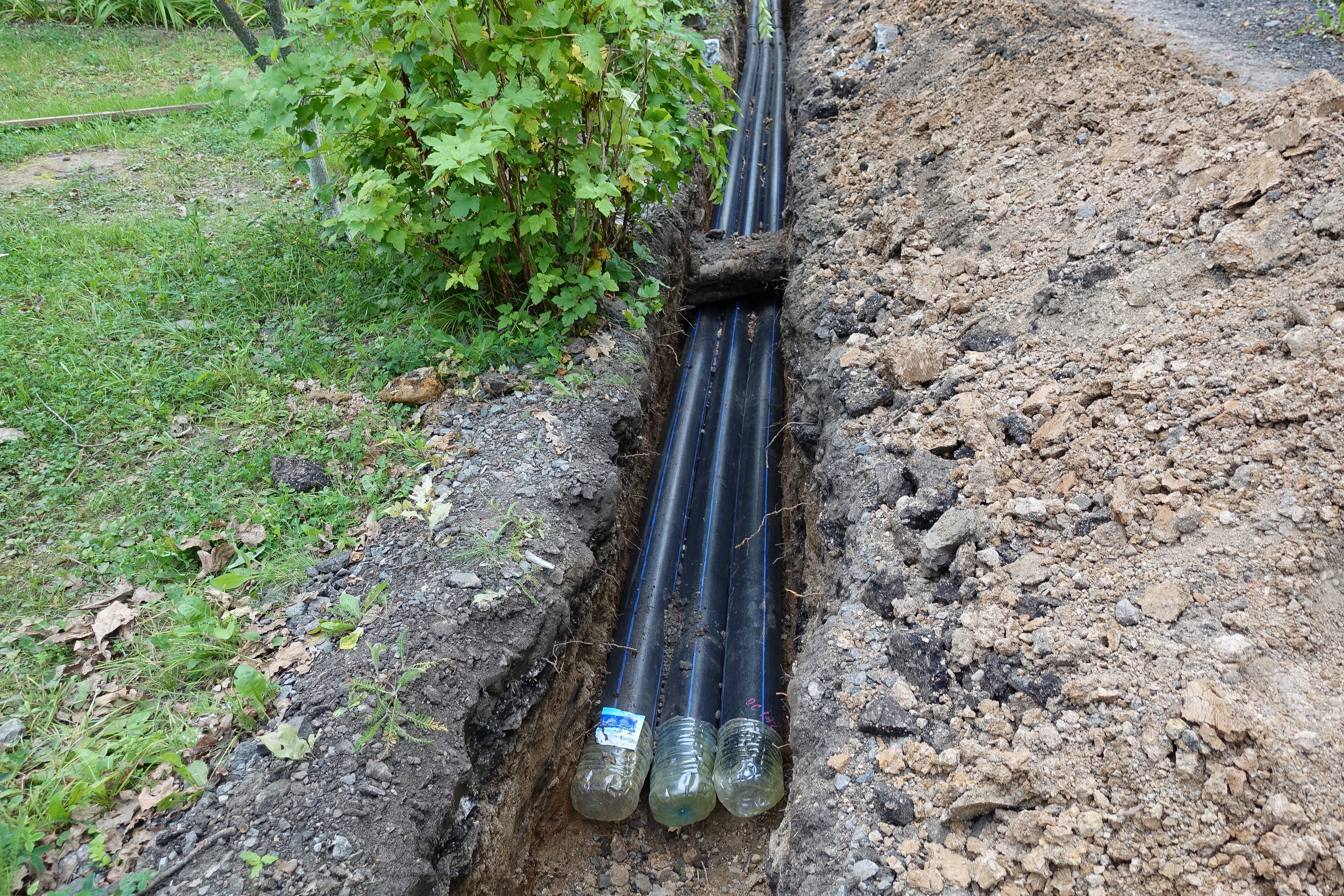
Learn how much a plumber costs in Atlanta and how to hire a licensed pro for repairs, upgrades, or emergency plumbing service in your neighborhood.
Pipe down and deal with your clogs


While the cost to hire a plumbing pro to snake a drain is between $60 and $300, a plumbing pro will ensure the job is done right and the drain is cleared.
Different types of plumbing snakes work for different types of drains and clogs, and a plumber will know which one to use without damaging your sink or toilet.
If you encounter a hard blockage, have a leak, or think your pipes might be damaged, don’t use a plumbing snake and instead call an emergency plumber.
Dealing with clogged drains can be more than just an inconvenience. Beyond the serious plumbing issues, water damage, and costly repairs, a clog can easily disrupt your daily routine and build a breeding ground for smelly odors. Plumbing snakes are a simple tool that can help you tackle small blockages before they escalate into a big headache. Roll up your sleeves and use this guide to master using a plumbing snake and preventing clogs before they get the best of you.
A plumbing snake, also called a drain auger or drain snake, is a tool for clearing up stubborn clogs from your pipes. It’s a flexible metal cable designed to be fed through pipes to dislodge, break up, and remove any debris or blockage. Plumbing snakes are an essential tool for any plumber, but all homeowners could benefit from having one on hand for clogs that your plunger just can’t fix.
Before you jump into snaking your drain, there are a few steps to take so you can tackle your clogs with confidence. You’ll need to:
Start by figuring out whether the clog affects a single drain or multiple drains. If it’s only one, the blockage is likely between that drain and the main line. However, if multiple drains are clogged, the problem is probably in the main line leading from your house.
For a single drain issue, check the stopper or drain opening for hair and other gunk. Clogs often lurk just below the drain opening in bathroom sinks and shower drains. These clogs can usually be cleared with your hands (while wearing gloves) or a barbed tool.
If you’re dealing with a clog in a sink or drain, use a cable auger. Because of their length and flexibility, they’re perfect for getting around the twists and turns of pipes until they reach your problem. Closet augers are designed specifically for toilet clogs. They have a shorter, sturdier cable and won’t damage your toilet's pristine porcelain.
A plumbing snake can help you get rid of problematic clogs, but knowing when to use them can save you time, money, and the headache of accidentally damaging your pipes.
Use a plumbing snake when a clog is too large to clear with a plunger or if it’s lodged several inches or feet down the pipe. Plumbing snakes work particularly well if the clog is from hair, paper, grease, food, or soap.
If the clog is minor and close to the drain, or if you’re dealing with delicate fixtures—like an antique toilet—skip the plumbing snake. Don’t use a plumbing snake if you already tried a chemical drain solution. If you have a leak or think your pipes may be damaged, drop the plunger and plumbing snake, and pick up your phone to call an emergency plumber.

First, put on gloves and safety glasses. Then, gain access to the area where the clog is located. If possible, start by removing and checking the P-trap for every clog.
For sinks: Place a small bucket under the P-trap, the U-shaped pipe under the sink. Remove the P-trap by unscrewing the plastic nuts, catching any leftover water in the bucket. Check the trap for any blockages. If not, move forward with the plumbing snake.
For bathtubs: If the clog isn’t in the drain or P-trap, take off the overflow cover to bypass the trap.
For showers: Unscrew and remove the drain strainer to access the drain.
Start by loosening the thumbscrew—a lock on a plumbing snake that holds the cable in place. Insert the cable into the drain and slowly feed it through the pipe until you meet resistance. The bends in the pipe can cause some resistance, but rotating the cable and using a small amount of force should get you past them.
Keep an eye out for any twisting in the cable. The tension can damage the cable and make it snap back, potentially causing an injury. If you notice twisting, reverse the spin to untwist the cable and feed shorter amounts into the pipe to keep it from happening again.
Push the cable until you reach resistance that you can’t push past. When you hit this snag, keep about six to 12 inches of space between the body of your plumbing snake and the pipe opening. Tighten the thumbscrew to lock the cable.
Rotate the plumbing snake cable by turning the crank or pulling the trigger (if you’re using an electric plumbing snake). Go back and forth between pushing and pulling small amounts of the cable into and out of the pipe. This small game of “tug of war” should help break up the blockage. Repeat until you no longer feel resistance.
Loosen the thumbscrew. Retract the cable and feed it back into the plumbing snake, making sure you don’t twist the cable. Check the auger tip for debris and carefully remove it. Repeat the steps above until you’re sure you’ve removed the entire clog.
It’s time to reassemble everything. Put the P-trap, strainer, or overflow mechanism back in place. Turn the faucet on and let the water run to make sure it flows and drains without any problems. Keep the water running for a few seconds to flush out any lingering debris.
Rinse off the plumbing snake and let it dry completely before winding it back into the reel.

The best way to avoid using a plumbing snake is to focus on preventing the problem—clogs. You can incorporate simple practices into your daily routine that’ll keep your drains clear and save yourself the afternoon project of snaking your drains.
Put strainers or filters over your drains to catch hair, food, and other debris before they enter your pipes.
Remove and clean drain strainers frequently, and discard the debris in the trash, not the sink.
Clean your P-traps once a year to remove any build-up.
Never put solids—toilet paper, hair, soap, etc.—down the drain.
Never pour grease, oil, coffee grounds, or leftover food down your sink.
Wash your pets outside to keep pet hair from clogging your drains.
Clean your garbage disposal regularly.
Don’t flush wipes, facial tissues, or hygiene products down your toilet.
Using a plumbing snake can be a straightforward DIY fix for most homeowners, especially for soft clogs from hair or soap scum. However, if you encounter a hard blockage—like a lost piece of jewelry—or if you’ve tried snaking without success, hire a licensed professional plumber. Plumbing can be very nuanced, and plumbers have the knowledge, experience, and tools to determine whether you’re dealing with a small clog or a backed-up drain that’s quickly growing.
The cost to hire a professional to snake your drain may not break the bank, but it’s more than the $5 to $20 you’d spend on a plumbing snake. Professional plumbing services range from $60 to $300 for a kitchen sink, around $225 for bathtubs or showers, $110 to $275 for toilets, and between $200 to $300 for main sewer line clogs.
If you have a plumbing snake on hand, hiring a plumber to get rid of clogs doesn’t have to be your first step. If your DIY efforts fall short, a plumber is a reliable backup to ensure that stubborn clogs are handled safely and effectively.
From average costs to expert advice, get all the answers you need to get your job done.

Learn how much a plumber costs in Atlanta and how to hire a licensed pro for repairs, upgrades, or emergency plumbing service in your neighborhood.

Discover the primary factors that will affect your main water line replacement cost in Atlanta, including length, material selection, and installation method.

Discover average main water line repair costs in Atlanta, GA, plus local factors that affect price, when to hire a pro, and how to maximize your budget.

Learn how to cut PVC pipe with ease and efficiency. Our guide will show you how to tackle your PVC pipe project like a pro.

Accidents can cause your sewer pipe cap to break. While fixing it is essential, don’t jump right in. This guide will prepare you with must-know tips.

Not sure who to hire for undermount sink repair? Countertop specialists are the best place to start, but plumbers may also be helpful.